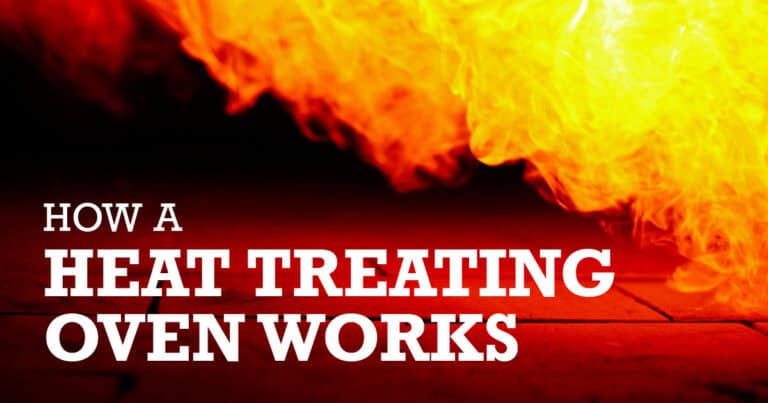Heat treatment ovens are the muscle of metalworking. These machines let you shape your metal parts to your exact specs. If you’re in the business, you have to know what these beasts do—what happens during treatment, the key stages, and the processes that define your final product.
The Basics of Heat Treatment
Heat treatment is about changing the metal’s inner structure to achieve the toughness, strength, and flexibility you’re after. It’s a three-step deal: heat it up, hold it steady, then cool it down. The aim? To make your metal harder, stronger, and more flexible, and to ease out any internal stresses. The best heat treatment oven gives you dead-on temperature and atmosphere control so you see the same results every time.
Heat Treatment Oven Basics
A heat treatment oven isn’t just a hot box—it’s a finely tuned machine built to deliver what you need. Here’s the lowdown:
- Heating Elements: High-temperature materials like nickel-chromium alloys bring the heat to just the right level.
- Insulation: Advanced insulating materials keep the heat where it belongs so you’re not wasting energy or losing precious degrees.
- Temperature Controls: Cutting-edge ovens come with sharp control systems, using thermocouples and digital readouts to keep the heat dialed in.
- Atmosphere Control: Some jobs need a special atmosphere—like inert gas or vacuum—to keep your parts clean from oxidation or contamination. These systems keep that environment just right throughout the cycle.
Each of these components has a job to do, and together they make sure your heat treatment process is as precise as possible, giving you the quality you can count on without surprises you can’t afford.
The Heat Treatment Process
The heat treatment process is where progress is made. It’s a three-stage journey that changes your metal from raw to ready:
- Heating: Start by loading the parts and upping the heat. It’s crucial to manage the rate—too fast and you’re looking at cracks or warping. This step primes the metal for the changes ahead.
- Soaking: Once you hit the target temperature, hold it there. This soaking phase lets the heat penetrate deep, ensuring the metal changes evenly. Strength and ductility hang in the balance here.
- Cooling: After soaking, it’s time to cool down, but not just any way—quenching for hardness or slow cooling for stress relief. The way you cool determines the final properties. Controlled cooling ensures your metal hits the specs for hardness, toughness, and flexibility.
Knowing how each stage works and why it matters is the key to understanding heat treatment essentials. Each phase is a step toward making the metal do what you want.
Types of Heat Treatment Processes
The different types of heat treatment processes are how you turn raw metal into something that fits the bill. Whether you need toughness, flexibility, or plain brute strength, choosing the best process is important. Here’s a quick rundown of each process:
- Annealing: Heat it up, then cool it slowly to take out internal stresses and give the metal some workability. This process is often used in sheet metal fabrication and wire production where you need the metal to be pliable for forming and shaping.
- Quenching: Rapid cooling—usually in water or oil—hardens the metal, giving it that extra edge against wear and tear. It’s commonly used in the production of tools, knives, and other items where high strength and durability are a must.
- Tempering: After quenching, bring the metal back up to a lower temperature. This eases out the brittleness while retaining the strength. Balance is key here. You’ll find tempering in applications like automotive parts and springs, where you need a mix of toughness and flexibility.
- Normalization: Heat it to a high temperature, then let it cool in the air. This refines the grain structure, boosting overall strength and reliability. Normalization is typically used in the production of structural components and heavy machinery parts, where uniformity and strength are critical.
Mastering the Art of Heat Treatment
Knowing how a heat treatment oven works is a must for durable goods manufacturers. Whether you’re handling a small batch or a big order, you can rely on our team of experts to deliver the precision and quality you need from the engineering stage back to your production floor. Ready to start? Call us. Let’s heat things up together.
